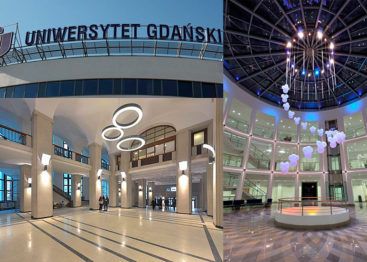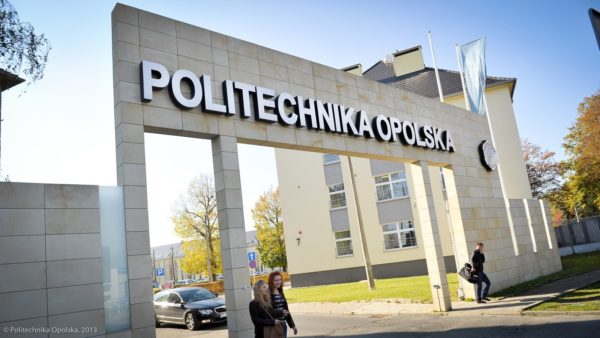In India there is a problem that needs to be solved. Students and teachers of higher educational institutions migrate abroad massively, voting with their feet for the quality of foreign diplomas. There are a number of pros and cons in Indian education.
Indian education is quoted throughout the world, including in Europe and the countries of North America. Many Indian students, post-graduate students and scientists, who subsequently study or work in Western universities, prove this. India is called a “talent supplier”, because scientists from this country make discoveries in a variety of areas. So, over the past 20 years, 6 Indians were awarded the Nobel Prize. It’s very difficult to enroll in a good university in India (a large population means a big competition at admission), and those who succeeded in it are given their studies with all zeal and diligence. The most developed and prestigious in India is technical education. It includes programs on engineering, technology, architecture, urban planning, pharmaceutics, applied sciences and crafts, hotel management, catering. Such an education of the highest quality is provided by Indian Institutes of Technology (Indian Institutes of Technology, IITs), them in the country.
7 Indian universities, including 6 institutes of technology, are included in the world ranking of QS:
Indian Institute of Science (IISc) in Bangalore (147th place), now it is attended by 3,500 students. In this university one of the best programs in the world for electronic and electrical engineering, as well as materials science.
Indian Institute of Technology Delhi (IITD) (179th place) is located in the capital, there are 7 400 students. This university has the status of “institution of national importance.” The strongest programs in this technological institute, as well as all of the following, are chemical engineering, civil and structural engineering, computer science, electronic and electrical engineering, and mechanical engineering.
Indian Institute of Technology Bombay (IITB) (202nd place) is in Bombay. Almost 10,000 students study here. IITB has great international connections and helps its students and graduates to establish scientific contacts.
The Indian Institute of Technology Madras (IITM) (254th place) is located in the city of Chennai and is an Alma Mater for 8,500 students. There are 131 foreign students studying here, which is a record among leading Indian universities.
Indian Institute of Technology Kanpur (IITK) (271st place), here study 6 500 students. The university conducts an active research activity. IITK has its own very well-equipped laboratory and a national wind tunnel, with which even foreign scientists work. To strong disciplines, besides the standard, here are mathematics and statistics.
The Indian Institute of Technology Kharagpur (IIT-KGP) (286th place) is the largest among the top universities by the number of students, there are 10 500 of them here. IIT-KGP became the first of 16 technological institutes in India. His slogan is “Perfection in action is yoga”, so the university emphasizes the need for responsibility to approach any work.
Indian Institute of Technology Roorkee (IITR) (391st place), at the moment more than 8 000 students study here. IITR has a very developed entrepreneurial culture, and many of its graduates are the founders of start-ups.
For about ten years the Indians celebrated the fact that they are a young nation. According to available data, about 600 million Indians are younger than 25 years. At a time when countries such as Japan, Australia, Germany and others are confronted with the uncertainty that accompanies the rapid aging of the population, India has boldly looked to the future.
But age itself can not be the only reason for the transformation of India into a country of prosperity. If the majority of the able-bodied population is not educated, expect trouble. According to the report most students of the 5th grade can not read the text of the 2nd grade program. And some do not even know how to subtract and add. The catastrophic shortage of teachers is also a consequence of the crisis, but now of higher education. It is projected that by 2020 India will need a million new teachers and 1,000 new universities to meet the increasing demand.
In addition to the requirements for increasing the budget infusion, it is necessary to take an example from neighboring countries. In China, foreseeing significant difficulties, the government resorted to massive programs of financing education abroad for its citizens and thus securing higher education. Highly educated teachers returned to the country, which eliminated the shortage of personnel in schools and universities. This proved to be a much more effective means than a long process of building a system from scratch. In addition, studying abroad allowed the Chinese to think globally. Such thinking is non-standard, non-traditional for India, but this is a possible solution to resolve problems and overcoming the current education crisis.
Over the past three decades, especially after the opening up of its economy, India has emerged as one of the big global powers in terms of quantity of students. Now, it is time for a rethink and to focus on quality.
Simply spending money will not lead to world-class status. Only by adopting the international approach to innovation and entrepreneurship will the country achieve the elite status of world-class universities in the long run.


 kudapostupat
kudapostupat













 344288
344288 






















